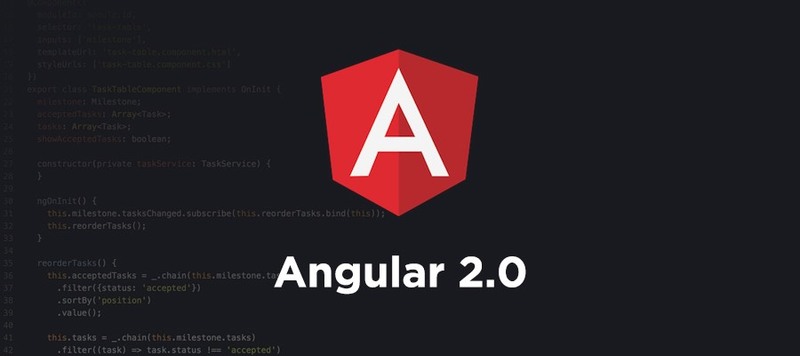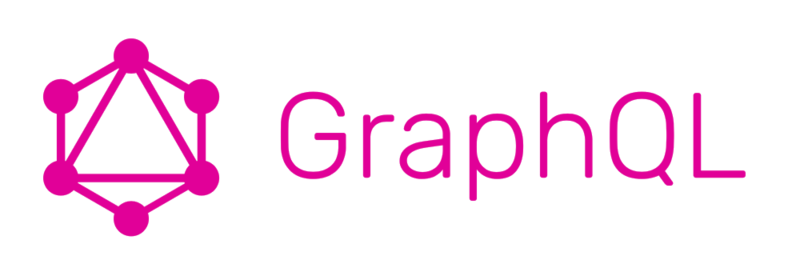2017 turned out to be surprisingly productive for many software developers, but 2018 promises to bring even more growth to the IT sphere. In this article, we will describe the five major Javascript trends for 2018, which every front-end programmer needs to watch for in order to keep up to date with the times while working on their projects.
1. Vue.js
Just two years ago, it was hard to imagine that Vue.js would stand up to the worthy competition of the rapidly developing React system. Well-thought and time-tested Angular is one thing, but Vue... we did not expect that this development environment would get to the top of the list of front-end tech tools. For those of our readers who are not familiar with Vue, let’s briefly describe its winning features.
Why is Vue.js at the top? First, it is a very easy-to-learn and flexible environment for creating front-ends, which allows writing code with a low possibility for error. Evan You, the developer of Vue, previously worked with Angular. When he decided that the latter was unnecessarily cumbersome for UI building, he ventured to create a front-end creation solution that would have a minimal entrance threshold, and Vue appeared as a result. It was designed to help designers who had little programming experience to direct all their efforts to the creation of functional interfaces. In addition, Vue.js supports declarative rendering, asynchronous DOM updates, two-way data binding, strict adherence to web component specifications and simple integration with HTML templates.
So far, Vue.js is characterized by a small support community (compared to React and Angular, which are notably more popular today, according to the sources about React and Angular). In general, if Angular or even React - one of the top Javascript libraries - are too complex for you, and seem quite strict and inflexible, you definitely should get acquainted with Vue in 2018.
Read also: Weex vs React Native
2. Angular
Despite the fact that our top Javascript trends to watch in 2018 was opened with a direct competitor to Angular - Vue.js - the relevance of the former in the coming year will not dwindle. If you have not worked with Angular before (Angular 2, at least), you should definitely familiarize yourself with its advantages. Let’s get started.

First, this framework combines Javascript with HTML and CSS. Second, it is ideal for teamwork, because the application it creates can be clearly divided into components - business logic and frontend. This is possible because the development environment is based on the MVVM (Model-View-View-Model) template. Third, Angular is ideal for the creation of scalable applications and supports simple integration with third-party libraries. This framework is often used to build dynamic mobile software because it uses two-way data binding, which increases the responsiveness of applications with an abundance of animated elements.
Now, let’s discuss Angular’s faults. The first thing that developers often mention is the high draw on the battery charge on mobile devices (again, in comparison with other frameworks, with the correct code optimization this problem can be diminished) and high entrance threshold (if you start working with Angular "from scratch," be prepared to spend at least 1.5-2 months studying its volumetric documentation). Those developers who like coding in "clean" Javascript would also suffer some disappointment in the initial acquaintance with Angular.
If we summarize the opinions of those who overcame all the above difficulties in mastering this framework, it can be said that Angular is a proven "workhorse" which, with proper handling, makes it possible to build a modular expandable solution (it is enough to look at the statistics that demonstrate its relevance). Thus, we confidently assert that, despite the fact that, every year, more and more JS frameworks enter the IT market, Angular will remain one of the best Javascript frameworks in years to come.
3. GraphQL
GraphQL is an API query language with a peculiar syntax that was created by Facebook developers. It was intended to go beyond the classic features of REST APIs and to simplify the aggregation of data transmitted from multiple sources simultaneously. The need to create something more advanced than the standard REST API arose, together with a need to increase the responsiveness of the mobile software.

Let’s consider a particular example. Imagine that you need to display a list of posts in the framework of the social network that you are creating, along with the collected likes, and, of course, indicate who made these likes (avatars and profile links should also be visible). In terms of implementation, this example is quite plain. You simply put on the request from the next database endpoint; however, due to the fact that this data can come from different sources (for example, if posts are stored in MongoDB, or Redis), the resulting application will work much slower than is comfortable. Additionally, if you take into account that, with time, data would increase in size and, thus, require a greater amount of storage, you will realize that, sooner or later, REST API will exhaust their efficiency. This is where GraphQL comes in. Instead of using separate endpoints to access every single resource, with GraphQL you can use a single endpoint, which is able to process complex queries that involve several data sources at once. Compared to the REST model, GraphQL is a smart personal assistant that, using the addresses of the sources you specify, will simply give you what you need. Impressive, isn’t it?
The relevance of the GraphQL can be evidenced by the fact that, in 2017, it was employed by such famous companies as Github, Spotify, Walmart, etc.
4. Gatsby
If you have a tightly defined budget but, at the same time, aspire to use only advanced technologies in your projects, you should definitely try Gatsby. Gatsby is an innovative solution built by Kyle Matthews for the creation of static websites.
How is it superior to its counterparts? Unlike such popular solutions as Jekyll, Hugo or Hexo, this static generator does not use templating and instead relies on Webpack and React components (note that the official React website itself is written with the help of Gatsby). As a result, you get such benefits as auto-updates and instant page transitions. Since version 1.0, Gatsby has used the above-mentioned GraphQL. Thus, during the build process, it can extract data from several GraphQL APIs and then use them to create a fully static React client app. Now, let’s move from the "dry" list of characteristics to the real problems to find out if Gatsby is right for you.

It is not always easy for web developers to use ready-made engines. Even the most popular ones, such as Joomla or Wordpress, bring headaches to some of their users in the form of the need for timely updates or inadequate security (experienced hackers will have little trouble hacking into non-updated critical plugins on your site, in order to use it later in their fraudulent activities). Themes are also a weak point of many content management systems. Instead, developers prefer using separate modules, which can be rewritten for their own needs in the future. In addition, CMS restricts its users in terms of performance optimization (yes, the most advanced allow you to create relatively fast web solutions; however, in the case of high volumes of requests to the server from multiple users, it is not as easy to speed up a site written with a ready-made engine). That is why static sites have become so popular in recent years. In addition to the obvious advantages that we described above, this kind of page has one significant drawback - its content is not easy to edit. Static site generators are designed specifically to solve this problem, and Gatsby is, in this regard, among the best, thanks to GraphQL. We insist that any operating front-end developer get at least a basic knowledge of this trendy tool in 2018.
5. Storybook
Storybook is a useful open source tool for developers dealing with React. In particular, thanks to StoryBook, you can design and engineer UI components outside of the application, in an isolated environment, and it will change as you create new UI components. If this feature does not seem to be fundamentally important to you, let’s consider a situation in which Storybook will help solve several serious problems at once.
Today, dozens of helpful instruments allow for the simple and quick creation of a functional client-server system, including, most notably, Meteor, Firebase, GraphQL, and Falcor. All these tools make the programming process elementary and applications fast and responsive. Although React, together with its hot reloading capability, is a big help for developers in UI creation, the design stage still requires a lot of time and code lines.

Imagine that you have a To Do-list component. It has several states (an empty list, a partially populated list, all the elements of the list are filled, only a few elements of the list are filled) and we need to adapt the UI for each of them. Even if you can create a universal code that transforms the application interface according to each state, you still have to document it (otherwise it would be hard for other team members to understand). How can Storybook help here?
As mentioned already, React Storybook allows you to develop and test UI components outside the application and allows other developers from your team to continue working on them. That is, the process of the interface development is accelerated, at times.
JS trends of 2018: Summary
We very much hope that our list will bring your attention to the most notable front-end development trends in the coming year. On the other hand, if you have read this material for informational purposes and want to entrust the main project work to professionals, we will gladly accept this responsibility! Our experts are ready to offer you the most advanced technologies within your budget. Contact us today to get further information and discuss the details of your project.







